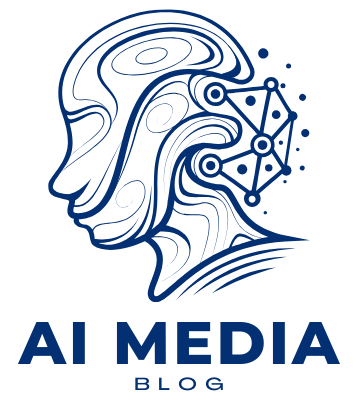As technology continues to advance, the educational sector is constantly looking for ways to integrate AI to enhance learning experiences. Canvas, a popular learning management system, has been at the forefront of utilizing AI to detect and analyze content. But can Canvas differentiate between human-generated text and that produced by AI models like ChatGPT? In this blog post, we will delve into the capabilities of Canvas in identifying AI-generated content, specifically focusing on how ChatGPT generates text that closely mimics human writing. We will also discuss the implications of AI detection for students and educators, exploring the potential benefits and challenges that come with this technology. Join us as we uncover the impact of AI detection on the future of education.Explore Canvas’s AI capabilities, ChatGPT’s human-like text generation, and the impact on students and educators. Uncover the future of AI in education.
Understanding Canvas’s Capabilities To Identify AI Content
Canvas, a popular learning management system used by educators around the world, has the ability to detect AI-generated content such as text produced by ChatGPT. This detection is crucial in ensuring academic integrity and preventing students from submitting plagiarized work created by AI tools.
Canvas employs advanced algorithms and machine learning techniques to analyze the text submitted by students and identify any traces of AI-generated content. By detecting patterns, language structures, and vocabulary commonly used by AI models like ChatGPT, Canvas can flag suspicious submissions for further review by instructors.
The implications of Canvas’s capabilities to identify AI content are significant for students and educators alike. Students must be aware that using AI to generate academic work can have consequences, as Canvas can detect such attempts. Educators, on the other hand, can leverage Canvas’s AI detection features to maintain academic honesty and uphold the integrity of their courses.
How ChatGPT Generates Text That Mimics Human Writing
ChatGPT is an advanced AI model developed by OpenAI that uses deep learning techniques to generate text that mimics human writing. By analyzing vast amounts of text data, ChatGPT is able to understand the nuances of language and produce coherent and contextually relevant responses.
One of the key features of ChatGPT is its ability to generate text that is indistinguishable from that written by a human. This has significant implications for various industries, including customer service, content creation, and even education.
ChatGPT’s text generation capabilities have raised questions about the potential misuse of AI-generated content. It is important for users to be aware of the limitations of AI technology and to critically evaluate the source of the information they encounter online.
Implications Of AI Detection For Students And Educators
With the rise of AI technologies like ChatGPT, it is essential to consider the implications for students and educators alike. When using platforms such as Canvas, the question arises: does Canvas detect ChatGPT-generated content? This raises concerns about the authenticity and originality of student work, as AI text generation tools are becoming more sophisticated.
One of the main implications is that educators need to be vigilant in detecting AI-generated content submitted by students. With the ability of AI to mimic human writing, it can be challenging to differentiate between genuine work and AI-generated text. This raises questions about academic integrity and the need for methods to detect and prevent the use of AI tools in student submissions.
For students, there may be ethical considerations when using AI text generation tools like ChatGPT. It is important for students to understand the implications of using such technology and the potential consequences of submitting AI-generated content as their own work. Educating students about the ethical use of AI tools and promoting originality in their work can help mitigate the risks associated with AI detection in educational settings.
Canvas is a popular learning management system (LMS) used by many educational institutions. Canvas has several features to help identify plagiarism and other academic integrity violations. So, can Canvas detect text created by ChatGPT?
Short answer: No, Canvas cannot detect text written directly by ChatGPT. Canvas uses artificial intelligence (AI) to identify plagiarism and other academic integrity violations based on certain patterns, such as specific word choices, grammatical errors, and repetitive text. However, ChatGPT is trained to circumvent these patterns.
**However, this does not mean that using ChatGPT is risk-free. Canvas can be integrated with third-party plagiarism detection tools such as Turnitin and Grammarly. These tools may be more successful in detecting text generated by ChatGPT.
If you have concerns about the use of ChatGPT, the best course of action is to talk to your educator. They can guide you on how to use ChatGPT responsibly and provide information about your institution’s academic integrity policy.

